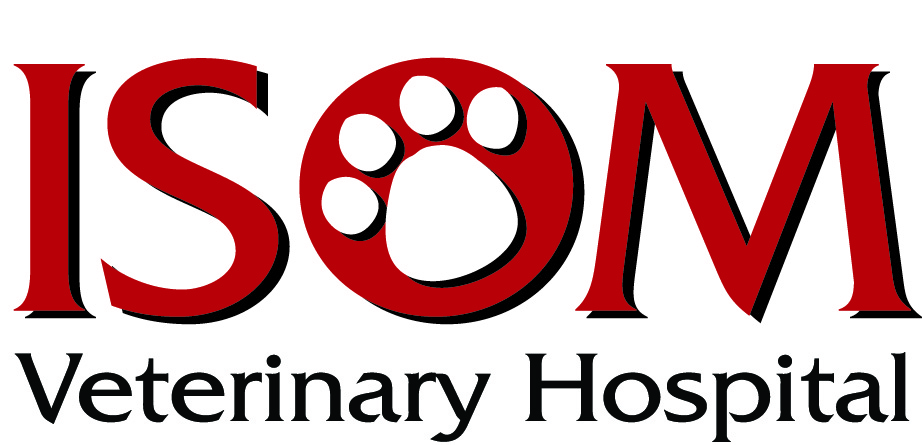Circulatory
Home » Interactive Animal » Canine » Circulatory

The circulatory system delivers vital oxygen to the tissues in the body and carries wastes from the tissues to be excreted. The cycle of blood circulation begins in the heart. The heart pumps blood through the lungs to fill up with oxygen. From the lungs, oxygen-rich blood returns to the heart to be pumped out to the tissues. After delivery of oxygen the tissues, blood collects wastes (e.g.: carbon dioxide) from the tissues. Oxygen depleted blood, containing wastes, returns to the heart once again to be pumped to the lungs to rid itself of carbon dioxide while simultaneously acquiring more oxygen.
If your pet experiences heart problems, you may notice: coughing, exercise intolerance, pale gum color, cold extremities, weakness, lethargy, collapse, poor appetite, and/or labored breathing.
Common abnormalities of the heart include:
- Inability to effectively pump blood through the body as is seen with heart failure.
- Electrical disturbances within the heart. The heart possesses an entire electrical system to activate the heart muscle to pump blood. If there is a block in the circuit or an abnormal circuit develops, the heart cannot pump effectively. Examples include: atrial fibrillation and ventricular tachycardia.
- Incorrect plumbing pathways through the heart cause pumped blood to travel in uncoordinated directions. Some heart and blood vessel malformations develop in utero, before birth (e.g.: Patent Ductus Arteriosis, PDA and Subaortic Stenosis, SAS), while others develop as your pet ages (e.g.: Mitral Valve Insufficiency, MVI).
- Heart muscle abnormalities, known as cardiomyopathies.
- Heartworm infection
Blood, although a liquid, is a tissue: it is filled with cells. Blood carries red blood cells to deliver oxygen and white blood cells to ward off infection. The water portion of blood surrounding the cells contains nutrients, proteins, and hormones that are essential for life. Your pet may experience deficiencies and/or excesses of any of these blood components, leading to disease.

